Things to do on a queer-friendly trip to Stockholm in Sweden
Some of the attractions on offer in Scandinavia’s gay-friendly destination of choice.

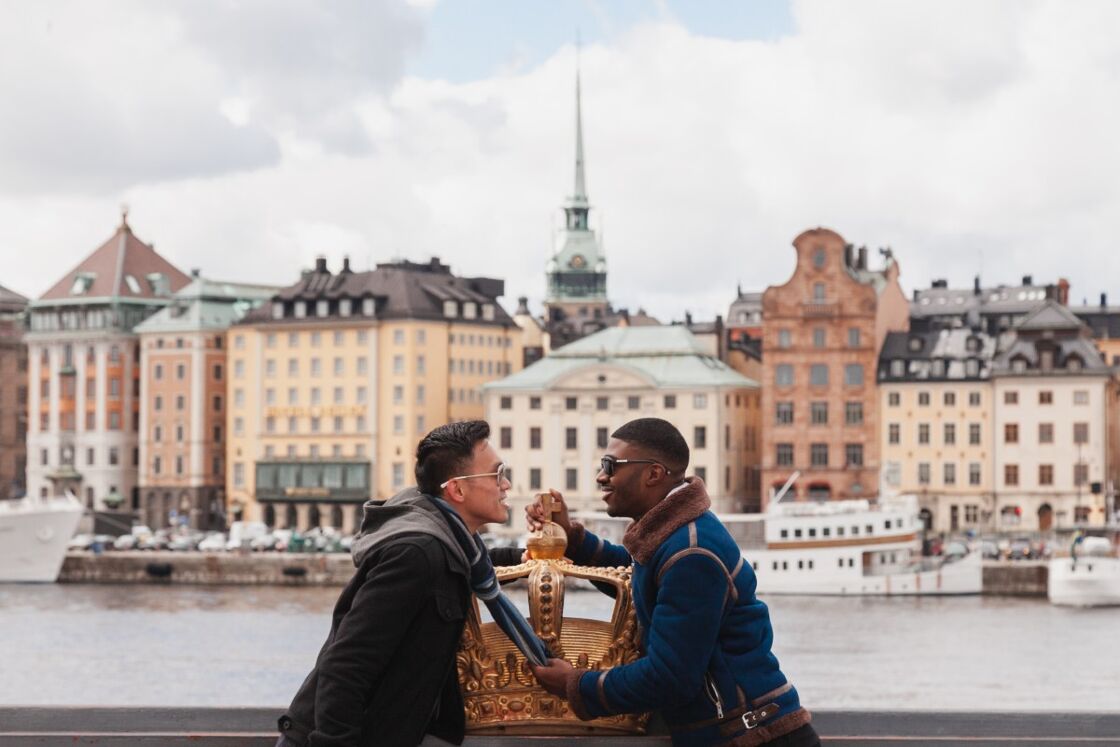
At a time when queer folk in some countries face backlash against hard-won rights, a visit to a city that continues to push forward and embrace its LGBTQ+ community provides a welcome and healing antidote. It helps when that city also offers a multitude of majestic attractions, dining options, chic hotels, and cultural opportunities.
Stockholm, the biggest city in Scandinavia, delivers on all fronts.
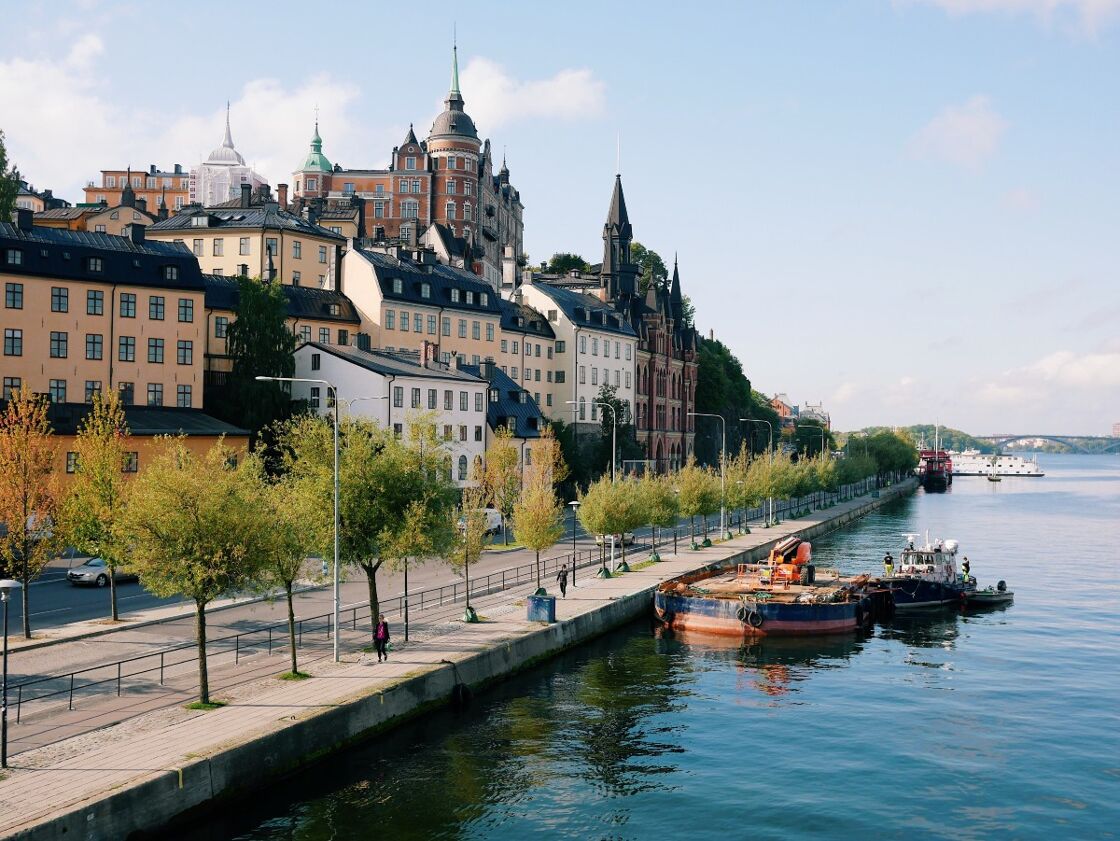
How gay-friendly is Stockholm?
Pack your bags, we’re going on an adventure
Subscribe to our weekly newsletter for the best LGBTQ+ travel guides, stories, and more.
Subscribe to our Newsletter today
I recently made a return visit to the city for my first experience of Stockholm Pride. It’s the biggest Pride festival in Scandinavia. It runs over the course of a week (traditionally beginning on the last Monday in July), with its signature parade featuring around 50,000 people and another half a million watching. That’s impressive for a city with a population of 1 million, right?
As soon as I entered the city on the speedy Arlanda Express train from Arlanda Airport, rainbow flags were visible in many shops. Small ones were affixed to the fronts of the buses and flew from flagpoles on prominent buildings.
Even away from Pride season, Stockholm has its own famous, rainbow-adorned subway stop. Stadion T-bana station is understandably popular for selfies at all times of the year.
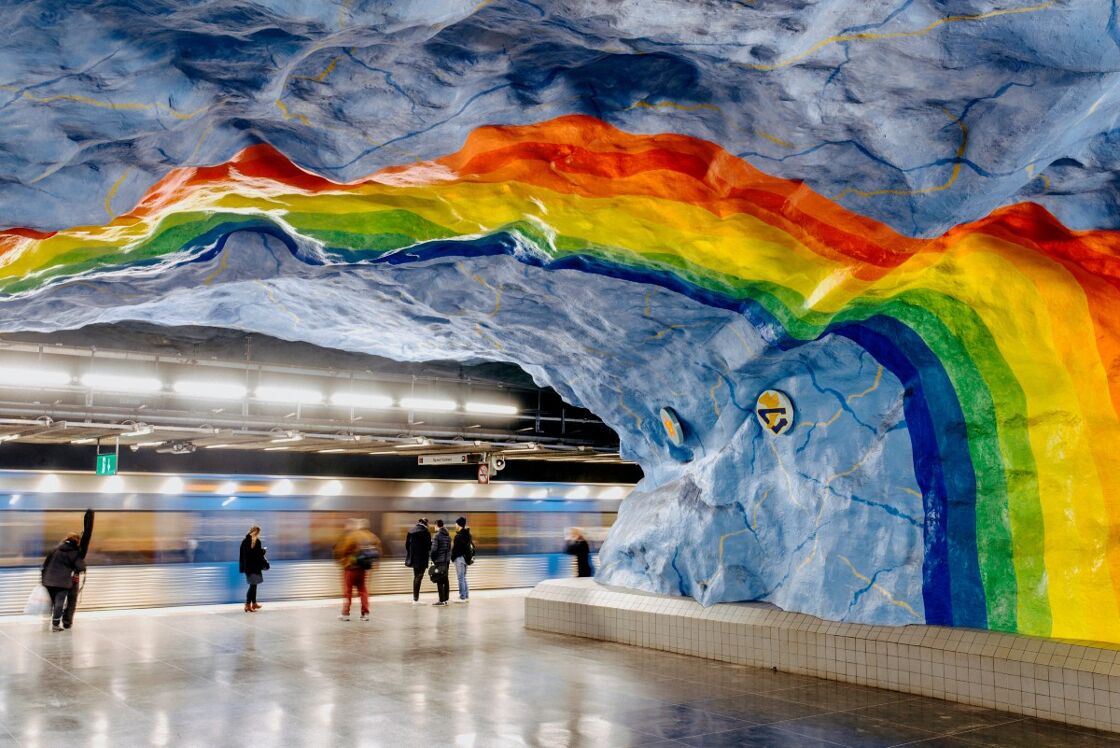
While Pride festivals in the US, UK and other countries have seen a drop in corporate sponsorship in 2025, Michal Budryk, chairman of Stockholm Pride, told me that his city had experienced no such fall. In fact, he said some partners had even increased their donations.
He and I are talking over dinner at Mälarpaviljongen, one of Stockholm’s must-visit restaurants. Gay-owned, the waterfront eatery is decorated with rainbow flags and is clearly popular with queer diners. However, its arms are open to everyone.
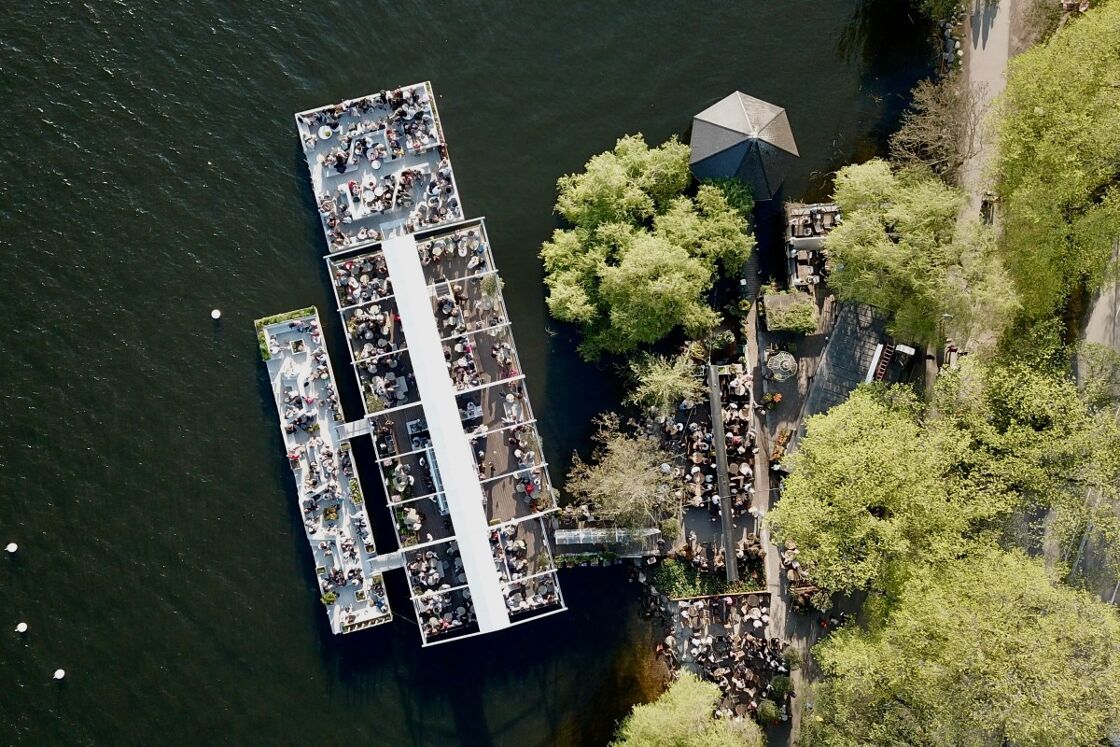
On the night of my visit, its main dining space is hosting an event for the local Jewish community. A traditional band features a Yiddish singer. As elderly diners perform a ‘hora’ (the traditional holding-hands circle dance) beneath the rainbow flags, I spy a young lesbian couple kissing nearby and am struck by how very different communities happily co-exist here. That same laid-back co-existence seems woven into the city.
Gamla Stan and palaces
Stockholm has a documented history dating back to the 1200s. For first-time visitors, any exploration is best begun on the island of Gamla Stan, with its old town district. This is the original settlement that led to the Stockholm of today.
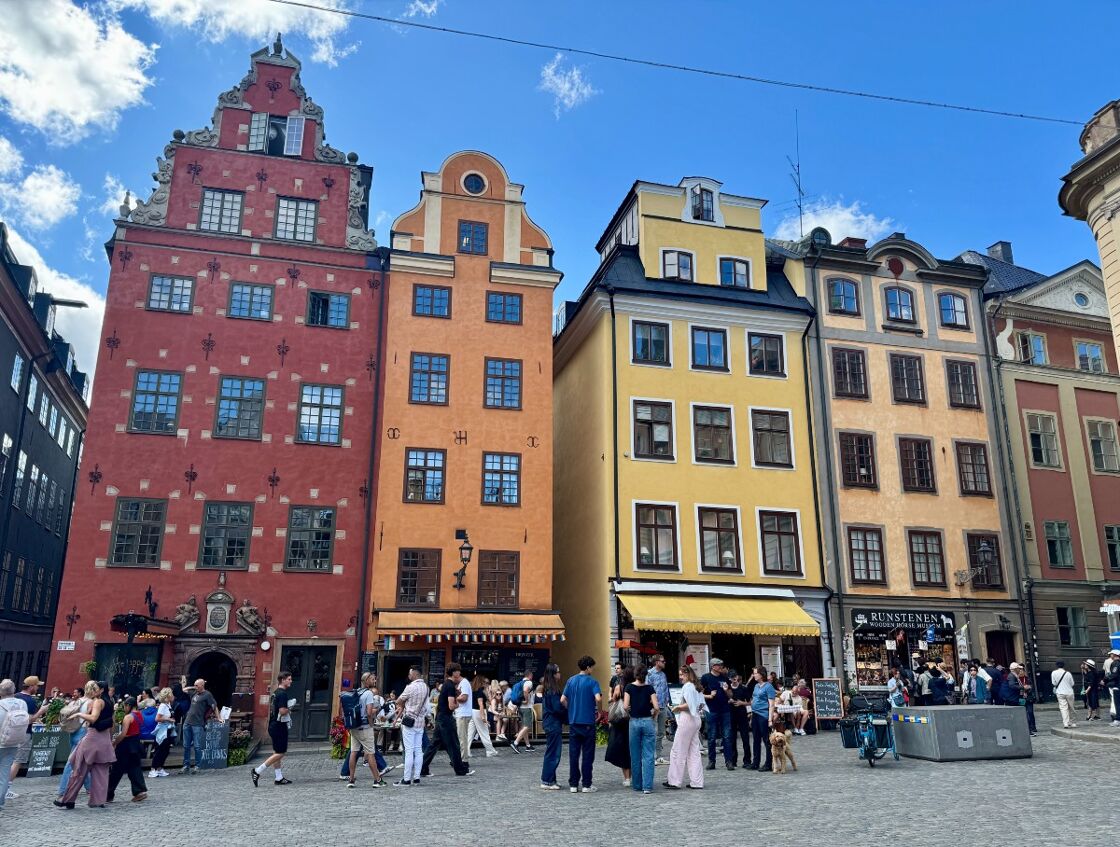
Many European capitals suffered extensive damage during the WWII, but Sweden remained largely neutral. Because of this, Stockholm’s historic district remains largely intact. Wander the narrow, cobbled streets and marvel at buildings that date back to medieval times. Stop for ‘fika’ (the Swedish tradition of a late-morning coffee and snack) at Chokladkoppen, a small gay-run café overlooking Stortorget square.
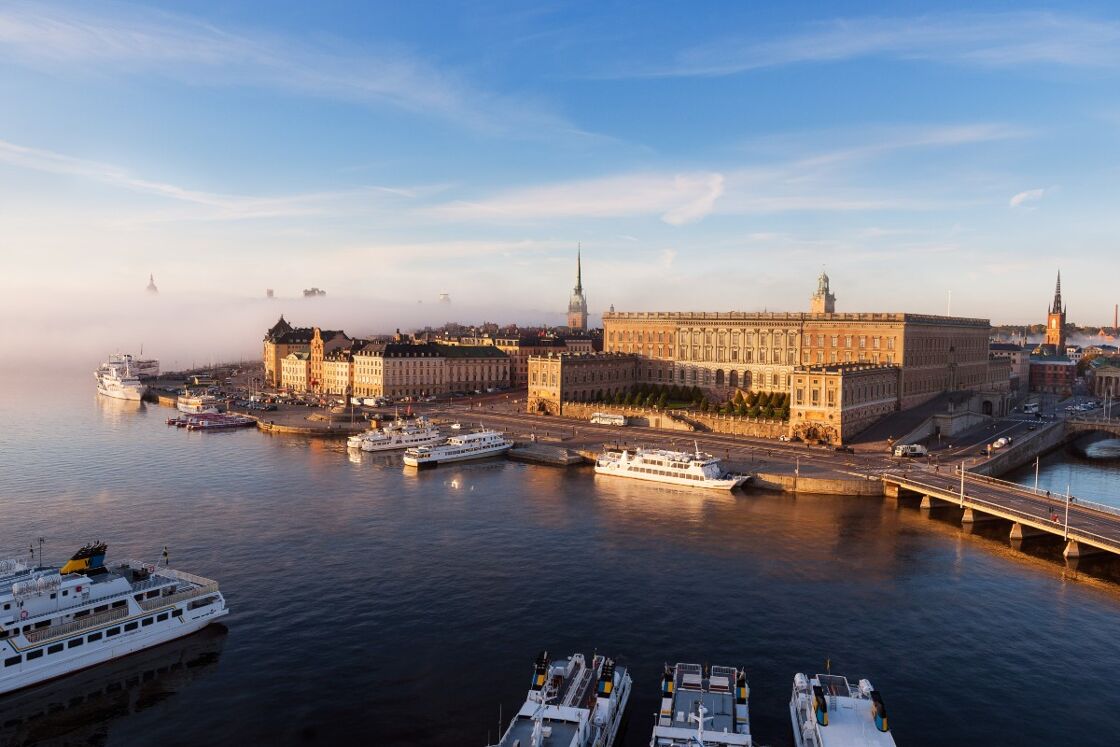
This lies a short stroll from the Royal Palace. A guided tour will educate you on the history of the Swedish royals. It occasionally hosts private bookings for queer tours, when you’ll hear speculative stories concerning the sexuality of past members of the family, such as ‘sassy’ Gustav III, and of how King Gustav V signed a law decriminalizing homosexuality in 1944.
The law change apparently passed without much comment at the time. It was partly prompted by the risk of blackmail faced by some gay people. Rumor has it that this may have included some members of the royal family.
In 1995, Sweden became the third country in the world to allow the registration of same-sex partnerships, followed by same-sex marriage in 2009. The Church of Sweden also allows its clergy to perform marriages in places of worship.
Island life
Gamla Stan is just one of 14 islands that make up the wider Stockholm district. These are part of the wider Stockholm archipelago, which consists of a staggering 30,000 islands. This number continues to increase. I’m not usually someone wowed by geology, but the wider Stockholm landscape was formed by ancient glaciers pushing the granite landmass downward. At the end of the Ice Age, the glaciers melted, and the land slowly began to rise. It continues to do so. Hence, the appearance of new little islands every year.

This geography makes Stockholm a mixture of land and water. Spring and summer afford the best opportunities to explore both. The city is at its lushest, and the sun sets just after 10pm in June, making for some beautiful, long days of Nordic adventuring.
If history is your passion, then besides the Royal Palace, take a boat to the nearby, stunning Drottningholm Palace. Closer to the center of the city is the Vasa Museum, the most visited museum in the whole of Scandinavia. It houses the salvaged remains of the Vasa warship, an ornate vessel built in 1628. However, it was built too wide and too narrow. It sank within minutes of its maiden voyage, to the fury of the Swedish king who commissioned it.
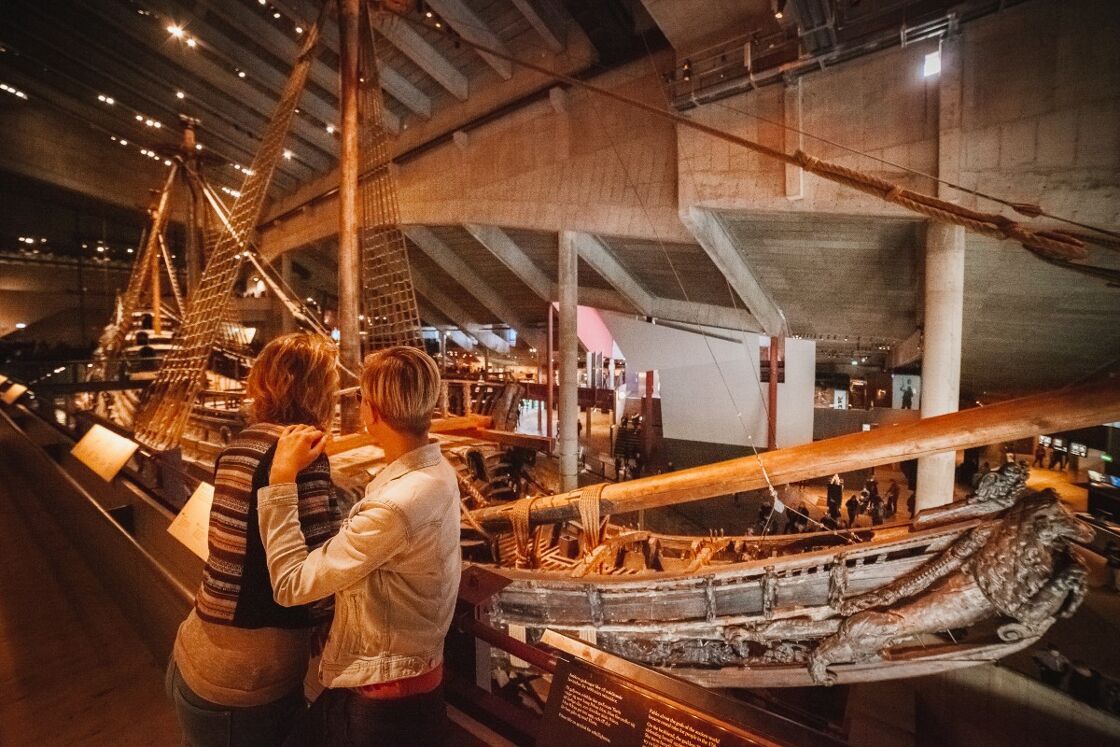
ABBA Museum
For a more modern history, one of Stockholm’s other major attractions is the ABBA Museum, which opened its doors in 2013. It now attracts around 2,500 visitors a day during the summer months. Booking a ticket in advance is recommended.
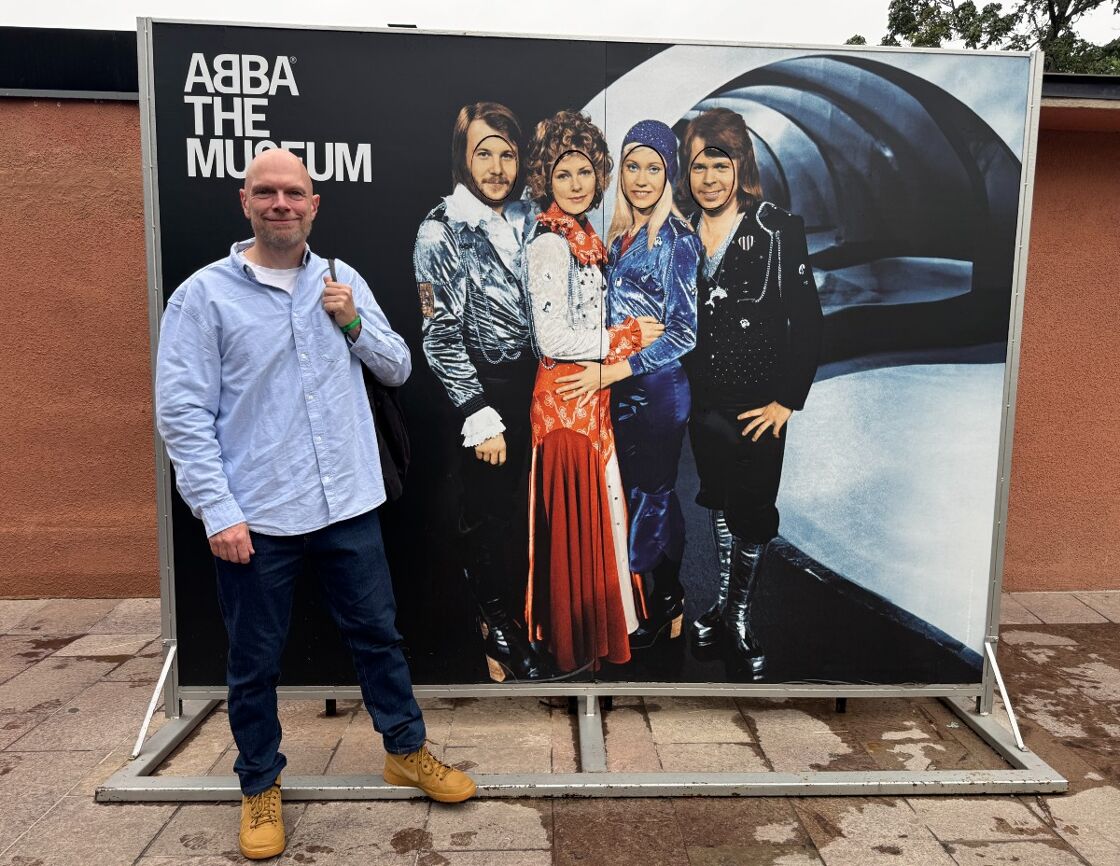
Over several subterranean rooms, you can read all about Benny, Björn, Agnetha and Ana-Frid’s early lives, the formation of ABBA, their glory years, and disbanding. There are also sections on their post-ABBA careers and ABBA-related projects, such as Mamma Mia.
Interactive elements include the chance to sing alongside projections of the members on stage. There’s also a telephone that the museum claims only the members of ABBA have the phone number for. They apparently call it occasionally to surprise museum visitors who answer it!
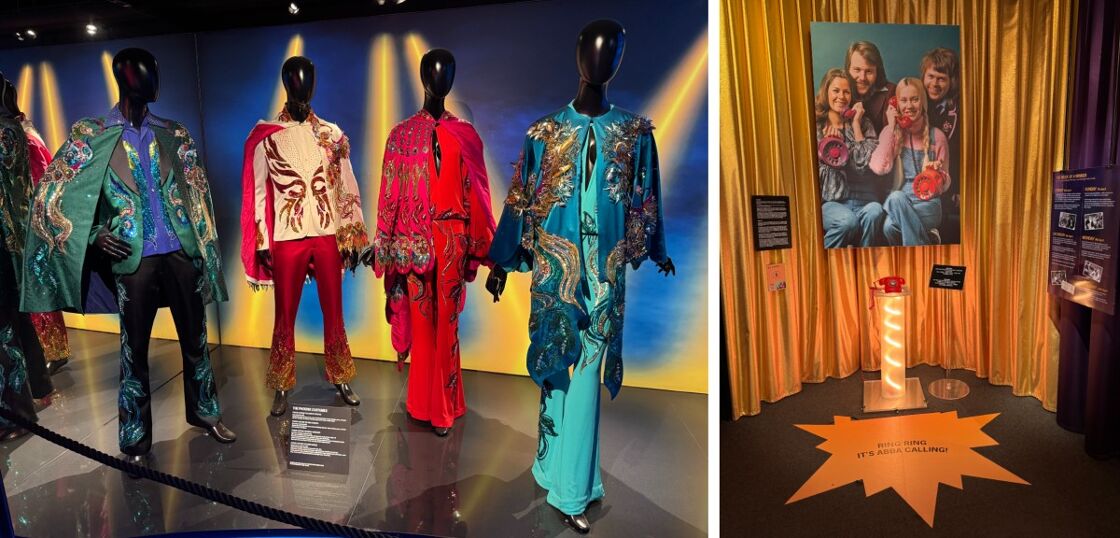
Södermalm
Stockholm is a very green city. Swedish citizens care passionately about preserving the country’s natural beauty. Stockholm’s geography, its islands, bridges, parks, and plantlife make for a city best experienced step by step.
After Gamla Stan, head to Södermalm, or ‘South Island’. This has a reputation as being the hippest neighborhood in the city. You’ll find art galleries, wellness shops, independent clothing boutiques, tattooists, restaurants, and a few landmarks of queer interest, such as Greta Garbos Torg, located near where the iconic actress grew up.
Benny Andersson owns a boutique hotel in the area: Hotel Rival. Even if you don’t stay there, its café and bistro are worth a visit. It also has its own small theatre.

Södermalm also has LGBTQ+ nightlife. Sidetrack is the oldest gay venue in the city. The cellar dive bar is long and narrow. Phallic sculptures on the walls suggest it’s aimed more at men, but there were also a handful of women on the night I visited.
For a more recent addition to the scene, there’s Replik. It attracts a more mixed crowd with its food and drink offerings. Again, it’s a long, narrow space, painted deep red and cream. A large, black and white photo of Marsha P. Johnson on an early Pride march hangs above the bar. Dismembered mannequins add a surreal touch to the decor.
Although not a gay venue, do visit rooftop Södermalm bar Pelago. The venue offers a stunning vista over Gamla Stan and other islands.
For more late-night action, head to Back Door, a male-oriented club space that’s not worth arriving at before midnight on weekends.
Food, glorious food
Food-wise, Stockholm’s dining scene ranges from elegant waterfront dining to cozy cafés. Besides the aforementioned Mälarpaviljongen, take a ferry (a three-minute ride) or walk across the bridge to Hotel Skeppsholmen on Skeppsholmen island. It’s part of the Nobis hotel group. The 300-year-old building dates back to 1699. Past uses include a spell as an army barracks. Now it’s a chic, minimalist and cool hotel that happens to be part gay-owned. Its restaurant offers plenty of local specialities, such as salmon dressed with cucumber, dill and paper-thin slices of radish.
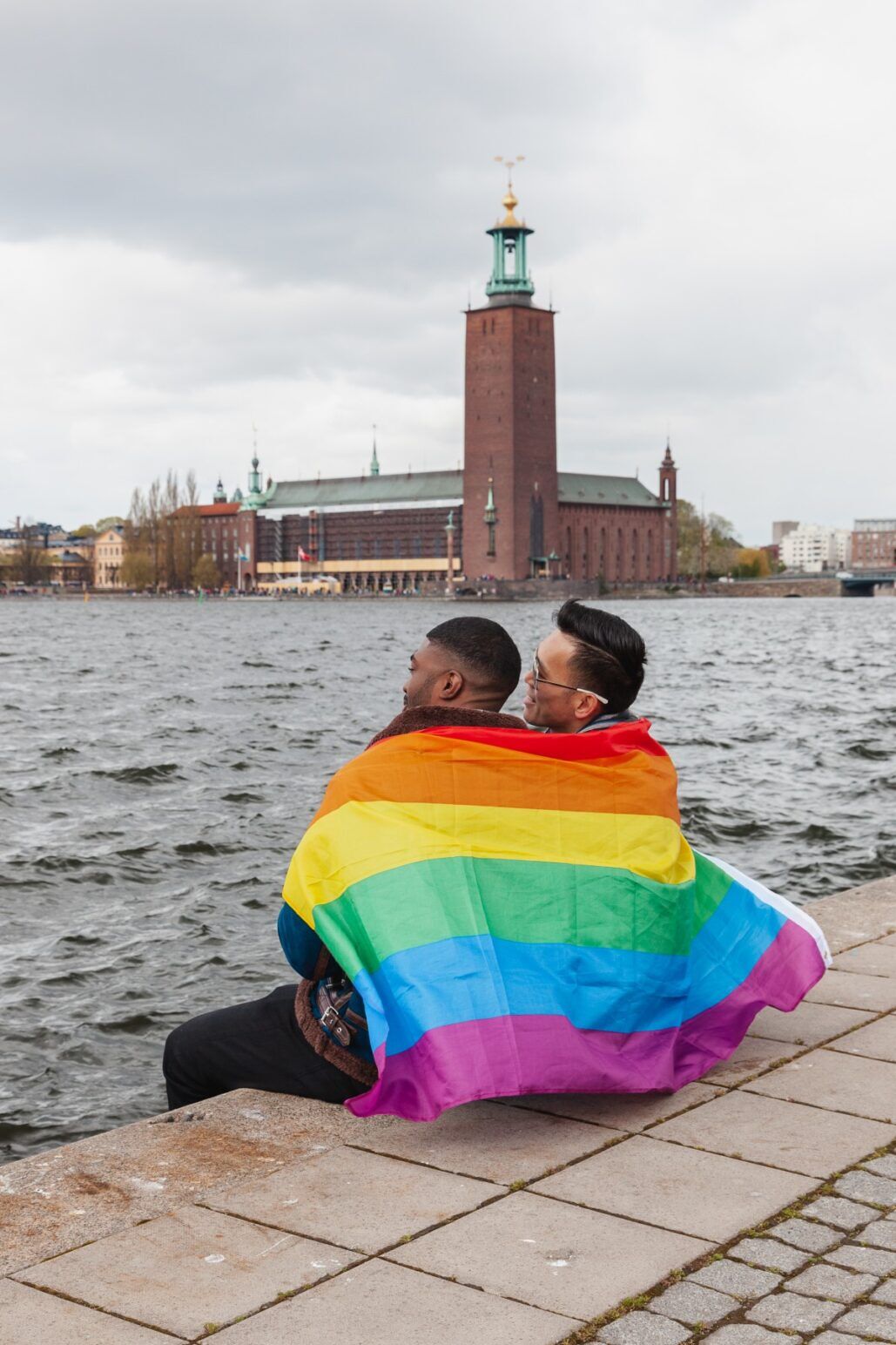
In Södermalm, trendy brasserie The Hills is located in the Götgatsbacken neighborhood. It specializes in French food with Scandinavian influences, with steak frites and oysters as menu staples. I enjoyed baked char “Grenoble” with capers, beets, browned butter and horseradish.
A little further out, Hotel J is a revamped spa hotel overlooking Stockholm’s harbor entrance. Its owners have made the most of its location, with its Restaurant Terrassen overlooking the water. You can also take advantage of treatments here, including a visit to the hotel’s new, state-of-the-art sauna.
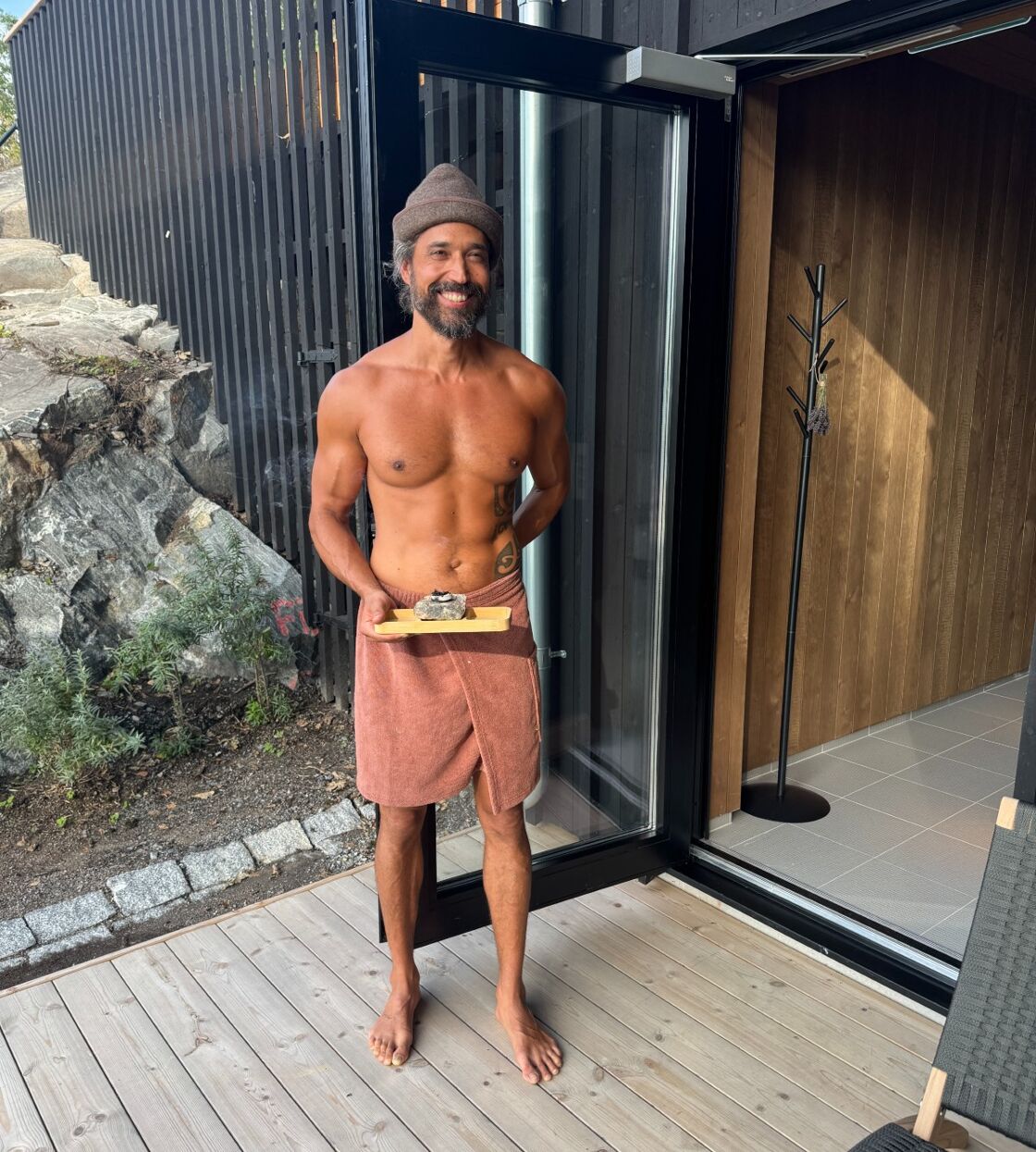
Floor-to-ceiling windows make this a detoxifying, sweatbox-with-a-view. A muscular and lithe sauna master uses essential oils to take your sauna experience to the next level. Afterward, summon up the courage to plunge into the sea from the hotel’s jetty to cool off before dining at Terrassen.
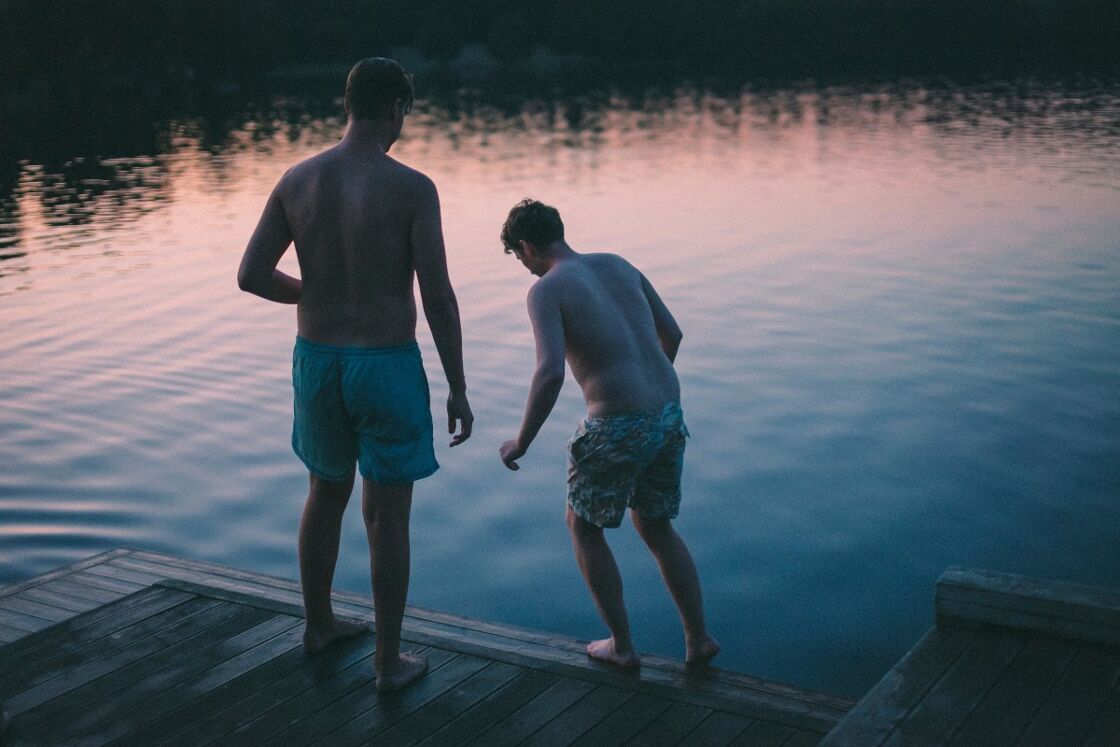
Get out of the city
Hotel J may be on the outskirts of Stockholm, but if you want to explore beyond the city limits, summer is also the best time to book a boat trip out to the wider archipelago. If being at one with nature is your thing, then islands such as Ingmarsö and Finnhamn offer serene escapes from the bustle of the city. Both offer forest trails to hike and hidden, pine-fringed coves for swimming. Finnhamn offers overnight stays in cabins or a historic sailor’s inn.
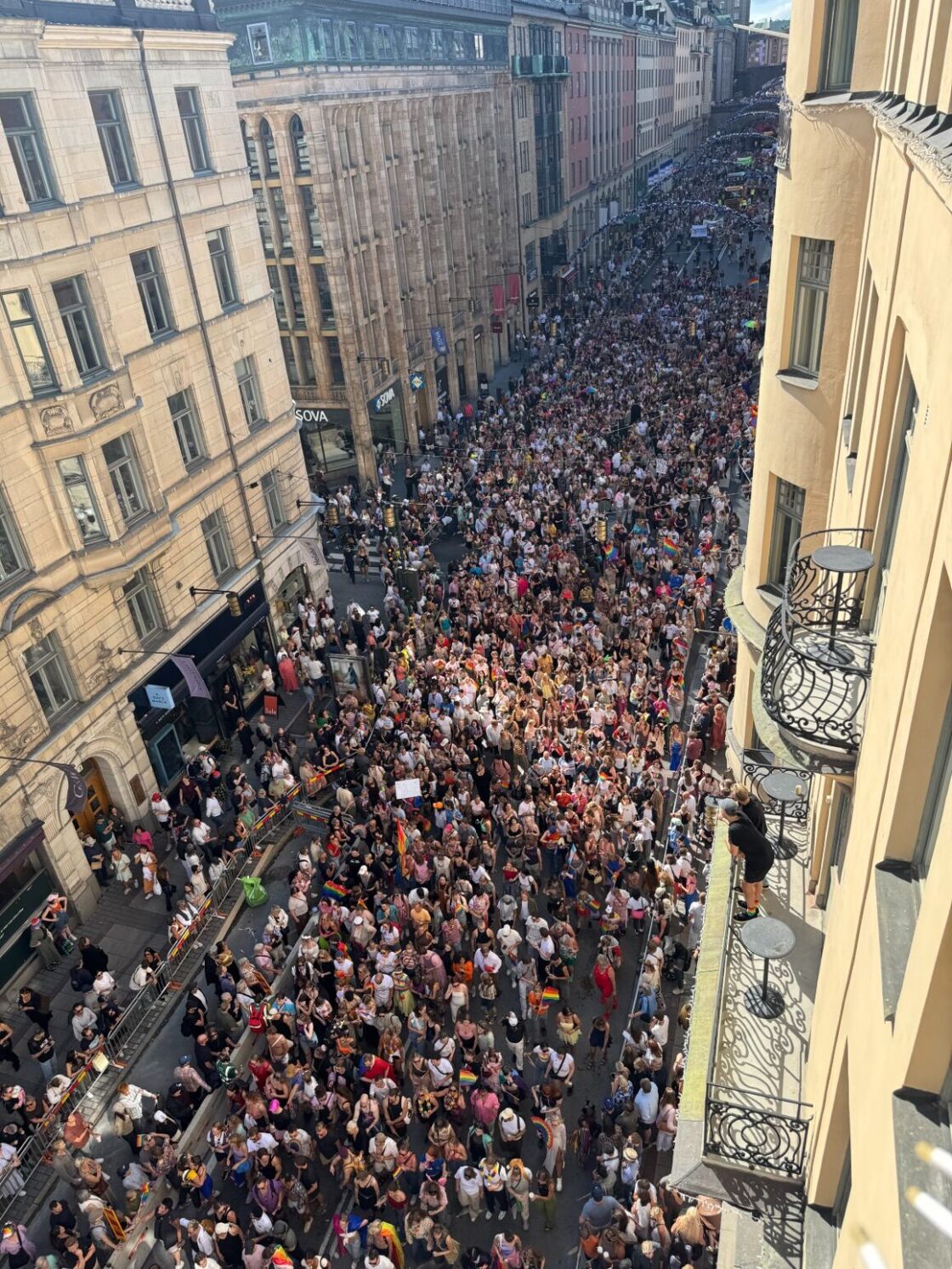
I packed many activities into my six-day trip to Stockholm, but still returned home feeling revitalized. I know this was partly down to the freshness of the air, the sauna sessions, and the cold sea plunges. But more than this, witnessing the whole city seemingly lifting up its LGBTQ+ community to celebrate Pride also impacted me. Watching thousands parade through the streets, and then experiencing the urge to join the parade myself (you don’t need to register in advance – everyone is free to just join in), left a lasting impression. It’s one that any visitor lucky enough to experience is unlikely to forget.
Related
Check out photos from the amazing Stockholm Pride parade
Stockholm Pride is the biggest such event in Scandinavia – check out some photos from Saturday’s parade.
Accommodation

I stayed at Hotel Hellsten in the Vasastan neighborhood. The building dates back to 1898 and is located on Luntmakargatan, a quiet, residential street, just a minute’s walk from Rådmansgatan T-Bana station. Stockholm offers a multitude of hotels offering chic, Scandinavian minimalism, but Hotel Hellsten goes in the opposite direction. Rooms are more baroque, with antique furniture, and walls in rich reds and burgundy. Bathrooms feature dark grey flagstone. My room featured a vintage tiled stove in one corner, large red velvet sofa and chairs, wood parquet flooring, and the most ornate chandeliers I have ever slept under. Truly a room fit for a Nordic queen!
Hotel Hellsten has a sister site, Hellstens Glashus, on Sodermalm, which I also visited. It’s more scandi-chic and modern in feel. Both are gay-friendly destinations, with bars at both hotels featuring a multitude of rainbow flags to mark Pride season during my visit.
With thanks to StockholmLGBT.com and VisitStockholm.com
Join the GayCities newsletter for weekly updates on the best LGBTQ+ destinations and events—nearby and around the world.

 Mark
Mark 





